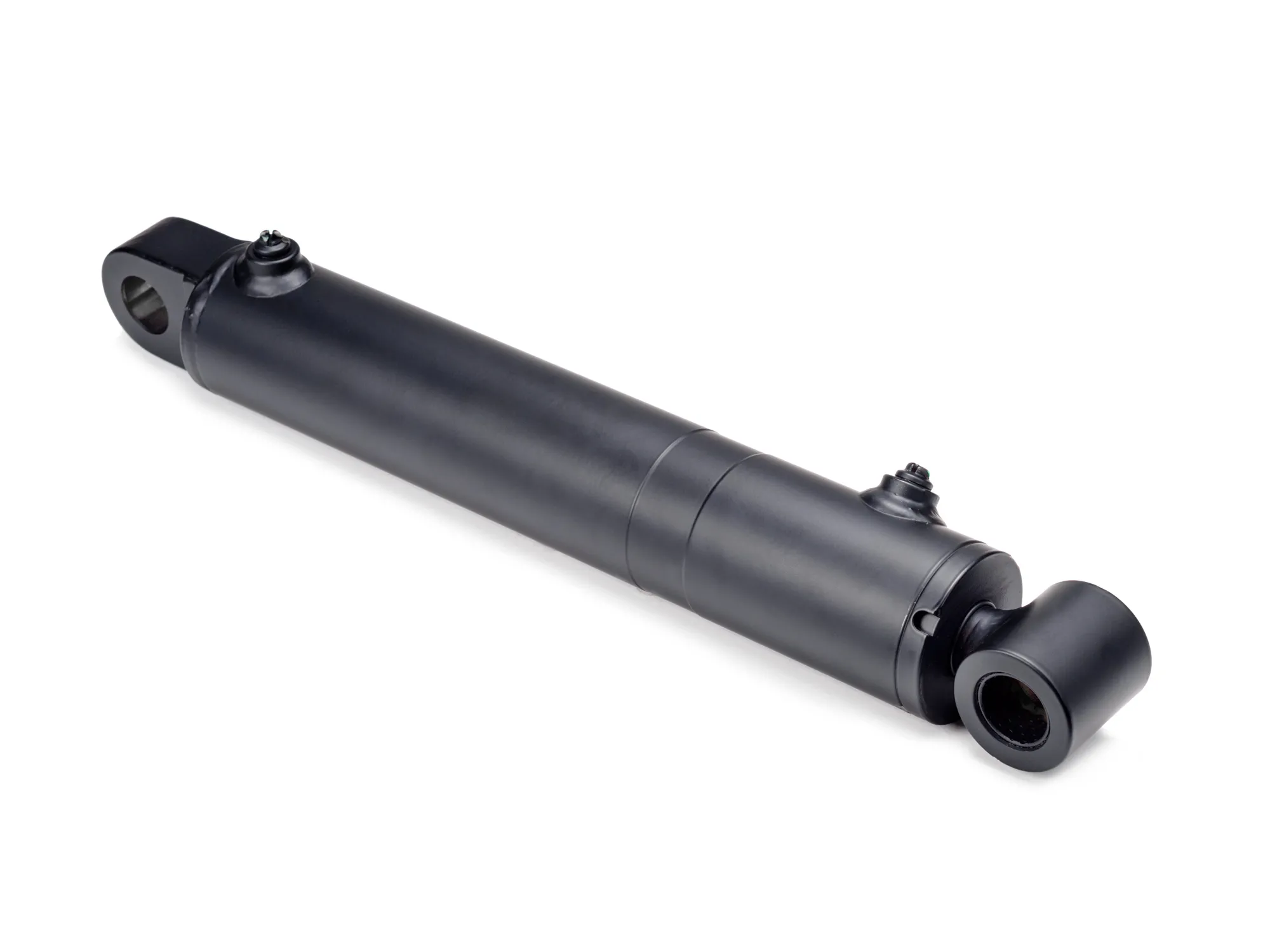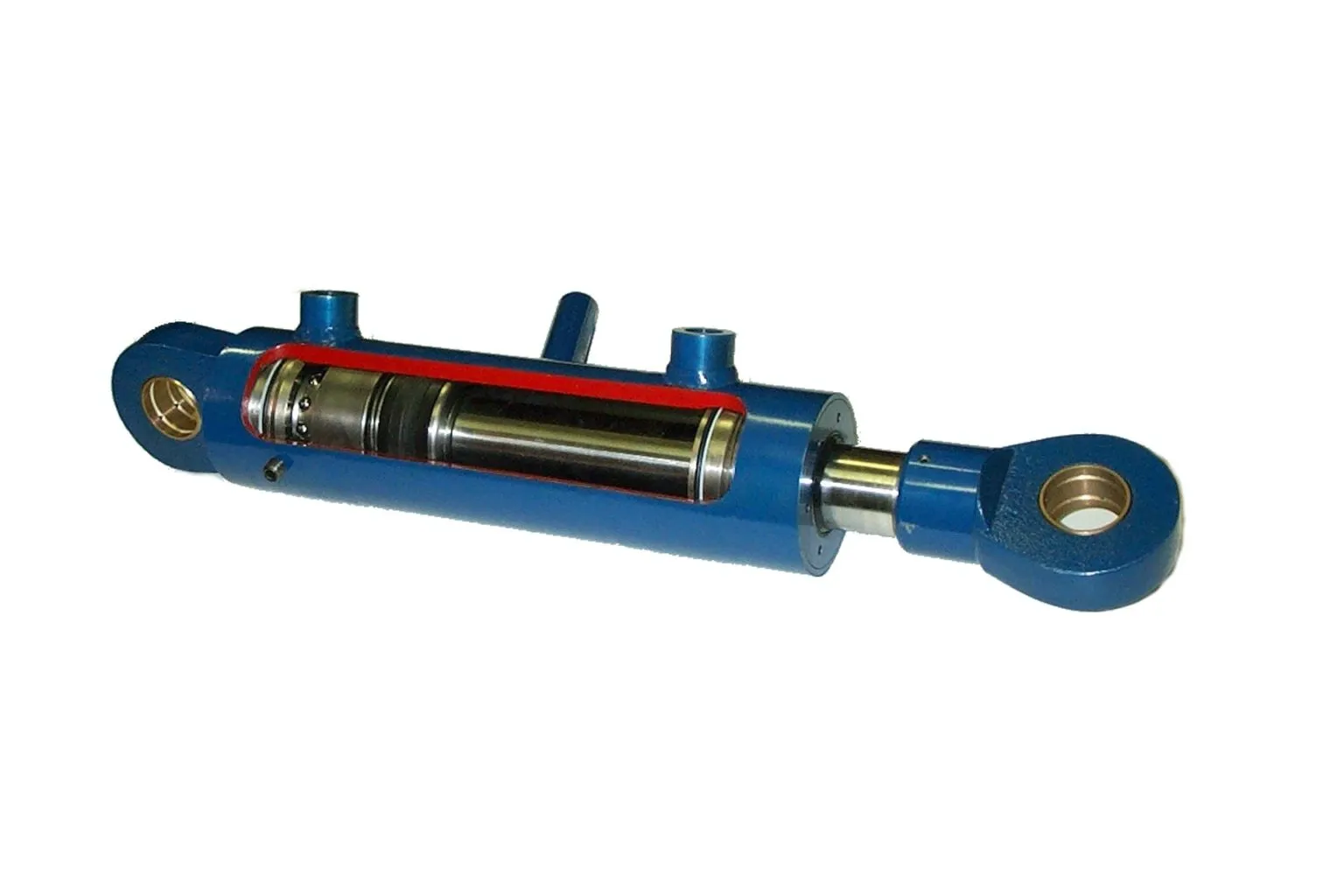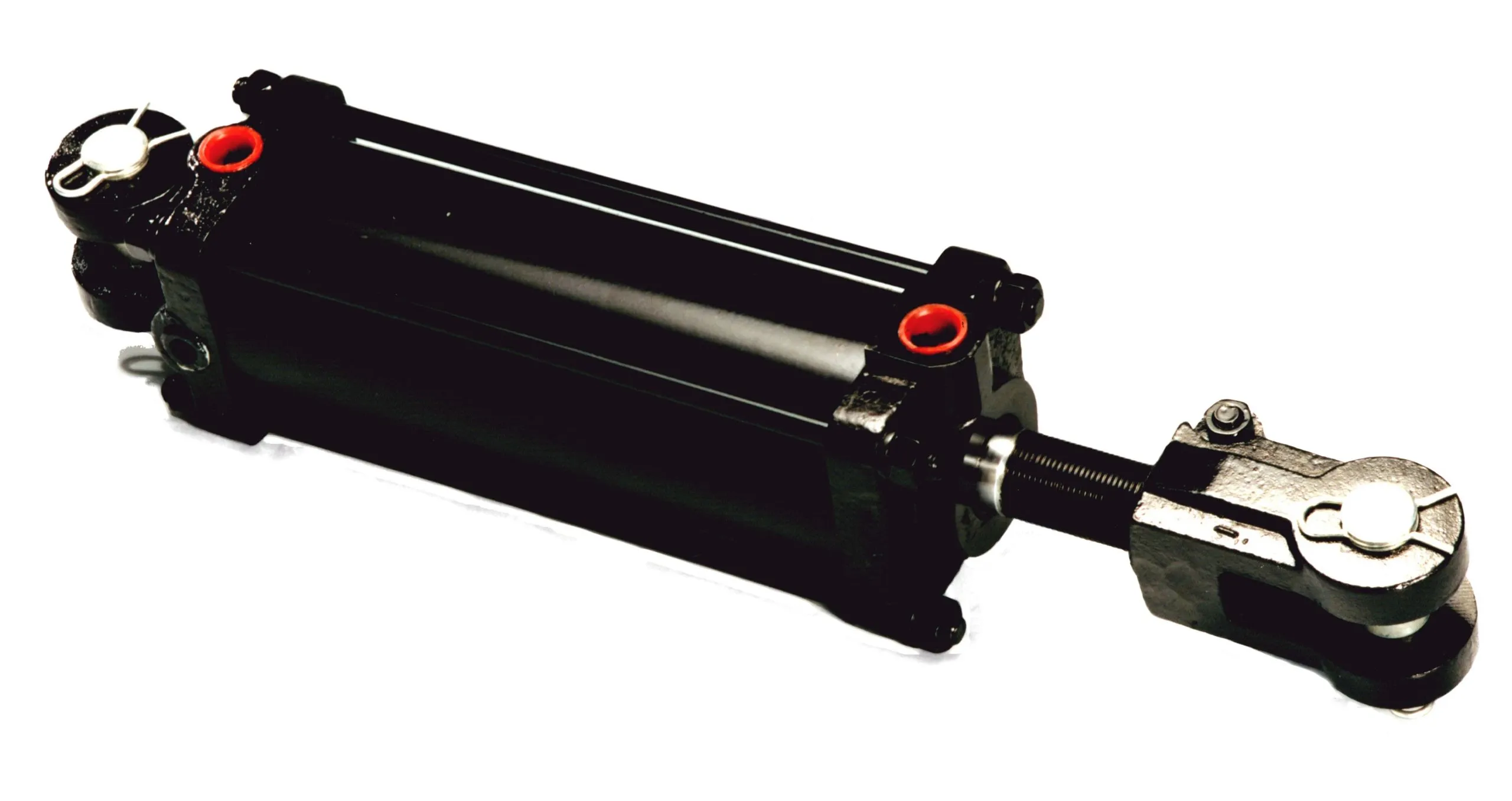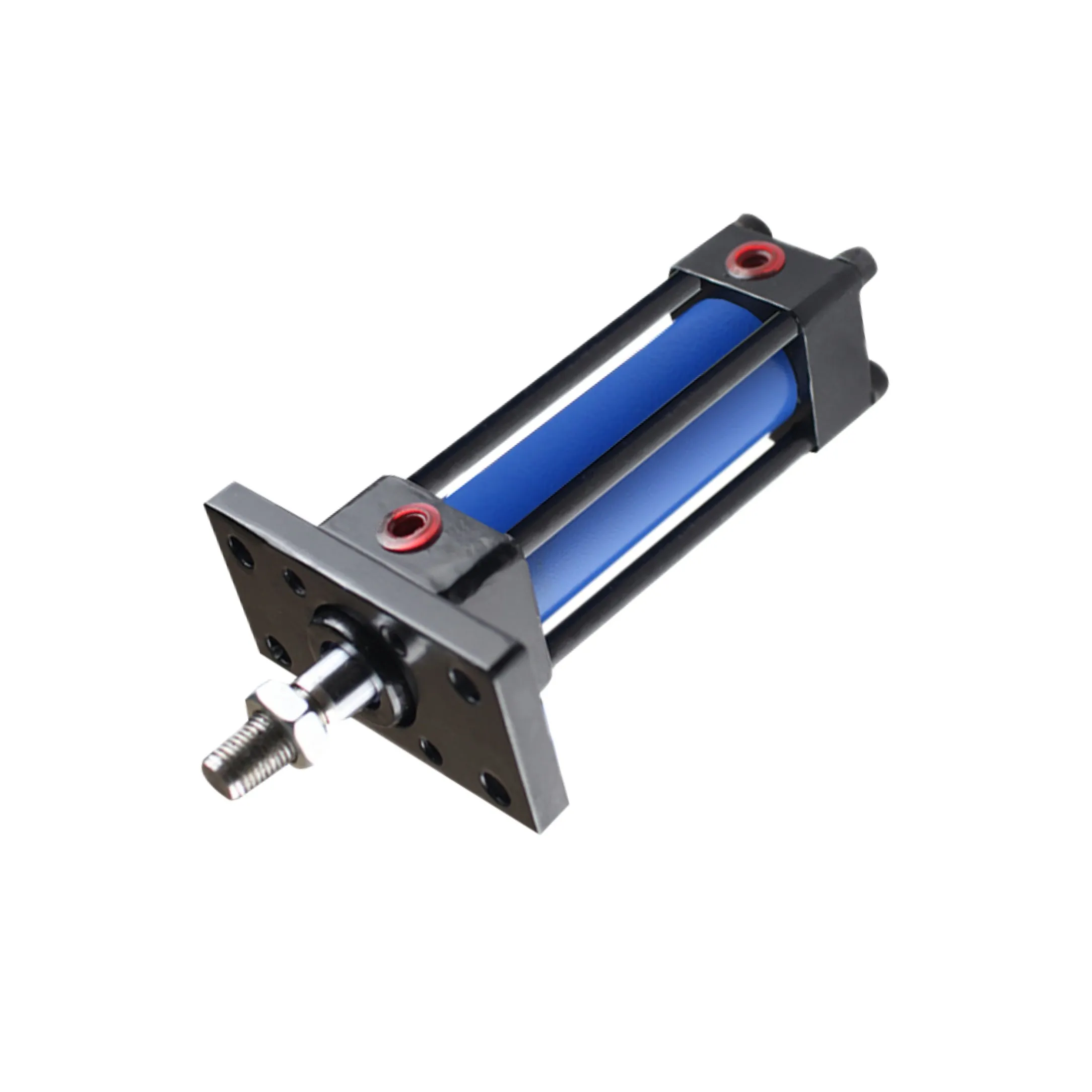Unlocking the Potential of Locking Single-Acting Hydraulic Cylinders
Introduction to Locking Single-Acting Hydraulic Cylinders
Locking single-acting hydraulic cylinders are a crucial component in various industries, including construction vehicles. These cylinders work under hydraulic pressure in one direction and feature a locking function to prevent movement in the absence of pressure.
Design and Construction Characteristics
- Locking Mechanism – Safety: The key feature of these cylinders is their locking mechanism, which ensures the piston stays in a safe position even when hydraulic pressure is lost, preventing accidental retractions. This mechanism can be mechanical or hydraulic.
- Variety: The design of the locking mechanism can be customized to suit specific applications, utilizing spring-loaded devices, pin locks, or other forms of mechanical locks.
- Compact Structure – Space Optimization: These cylinders are designed to be compact, making them ideal for use in space-limited environments such as construction vehicles.
Precision Manufacturing
High-precision machining is essential for locking single-acting hydraulic cylinders to ensure optimal fit, sealing performance, and to prevent leakage. Strict quality control measures are implemented during production to guarantee reliability.
Assembly Process
Specialized assembly by skilled technicians ensures correct installation and calibration of components. Pressure tests are conducted post-assembly to confirm performance and tightness.
Working Principle
When hydraulic oil is pumped into the chamber, the cylinder extends and pushes the piston outward. The locking mechanism holds the piston in place, preventing retraction under load, even if hydraulic pressure is lost.
Types of Locking Single-Acting Hydraulic Cylinders

There are three main types of locking single-acting hydraulic cylinders, each with unique configurations tailored to specific applications.
Benefits of Locking Single-Acting Hydraulic Cylinders
- Enhanced Security: The locking feature reduces the risk of accidental retractions, ensuring operator safety.
- Reliability: These cylinders are designed to operate effectively under high loads and varying conditions, delivering consistent performance.
- Simplicity: Easy to operate and maintain, making them user-friendly for a wide range of applications.
Application Scenarios
Locking single-acting hydraulic cylinders find applications in construction vehicles, manufacturing equipment, transportation vehicles, aviation, and more.
Design Considerations and Selection Criteria
Factors such as bearing capacity, sealing, durability, safety, and maintainability play a crucial role in the design and selection of locking single-acting hydraulic cylinders.
Sealing and Lubrication
Proper sealing with materials like polyurethane and regular lubrication with hydraulic oil are essential for maintaining the longevity and performance of these cylinders.
Preventive Maintenance Measures
Regular inspections, proper lubrication, and seal replacements are key preventive maintenance tasks that help prolong the lifespan of locking single-acting hydraulic cylinders.
Installation Guide
Correct installation procedures ensure optimal performance and safety of locking single-acting hydraulic cylinders. Follow manufacturer guidelines for best results.
Maintenance Tasks
Regular inspection, lubrication, seal replacement, and calibration checks are essential maintenance tasks that contribute to the longevity and efficiency of these cylinders.
Safety Considerations and Environmental Factors
Implementing safety measures and considering environmental factors are crucial when using locking single-acting hydraulic cylinders to prevent accidents and ensure compliance.
Unit Power
The power unit of locking single-acting hydraulic cylinders is influenced by factors like cylinder diameter, stroke, operating pressure, piston speed, and load conditions.

Optimizing Power Unit
Optimizing the power unit of these cylinders can lead to improved efficiency, energy savings, and enhanced reliability, benefiting various applications.
Common Questions

Here are answers to common questions about locking single-acting hydraulic cylinders:
- How does the locking mechanism work? The locking mechanism prevents piston retraction when hydraulic pressure is lost.
- Main Components: Components include the piston, rod, seals, and the locking mechanism.
- Advantages over Standard Cylinders: Locking cylinders offer enhanced security and prevent accidental movement.

Long-Tail Keywords
Three long-tail keywords for locking single-acting hydraulic cylinders include “secure construction vehicle operation,” “reliable hydraulic cylinder technology,” and “high-performance locking cylinder solutions.”
Our Company
We are a leading manufacturer specializing in hydraulic cylinder replacements, offering a diverse product line and customized solutions for various industries worldwide. Our company is committed to providing high-quality products, professional services, and exceptional after-sales support.
Author: lyl
